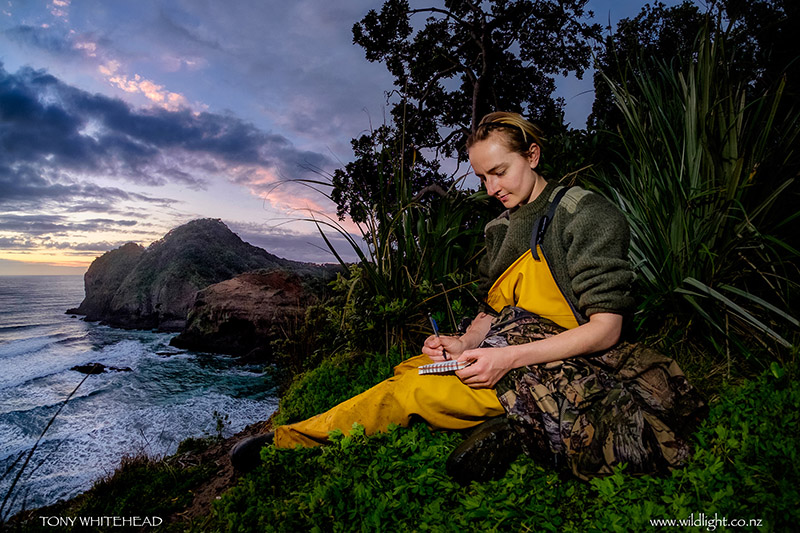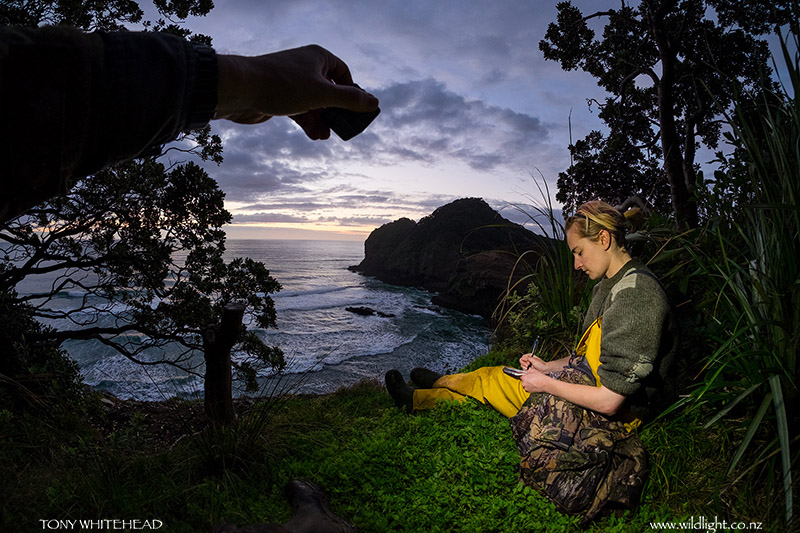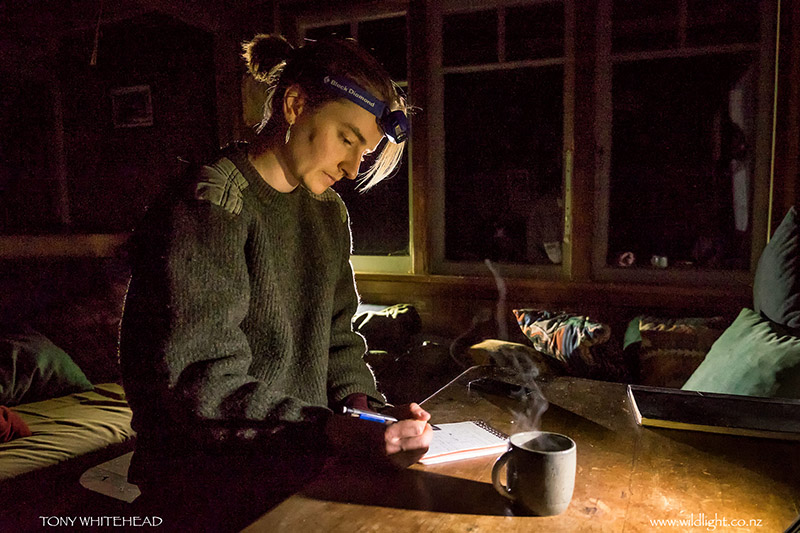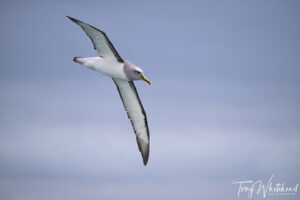
One of my projects this year has been to document Edin’s Masters research. She is studying the physiology of Grey-faced Petrels and this involves significant amounts of field work followed by laboratory work, processing and analysing samples. I have just returned from a weekend as her field assistant which was a pleasure and a privilege despite some trying weather conditions. With the work happening at night in remote locations, I knew that one of the challenges in documenting things photographically would be light. I was keen to avoid flash as off-camera flash would need too much gear and on-camera flash would just look flat and hard. I decided that a couple of LumeCubes would be a helpful option as they are small, recharge through USB and are waterproof. They can be attached to a small tabletop tripod for positioning and are very versatile.
This weekend’s field trip involved work on an island and we were lucky to have access to a small cabin to sleep once we had finished the work. It has no power so we were relying on head-torches, which, while they can be useful for photos, are a bit limited. The first opportunity came as we were sitting at the top of the cliffs watching the sun go down and is the image at the head of this post. Edin was updating her field notes and I wanted to capture the moment with the drama of the terrain and sunset but needed some light on her. Flash would have totally blasted the scene but one LumeCube held in my free hand was able to create a pool of light that worked well.

Sitting in the cabin waiting for the night to darken fully gave an opportunity for a portrait of Edin reviewing her field notes while planning the night’s schedule. Using one LumeCube to back light her gave some rim light to separate her from the background and the second added light from the side, illuminating her face and highlighting the steaming mug of tea.

I have often used a small LED torch to light small subjects and the LumeCube works in a similar way but has more power with 10 levels of adjustment (150 lumens per increment up to 1500 lumens) and is more versatile as it attaches to a tripod if needed. They can also be controlled from a smart phone (iPhone or Android) via the LumeCube Pro app which gives control over the LumeCubes from a distance via Bluetooth. I can recommend them as a useful addition to a compact photography kit when an external light source is needed.
Because we need to carry all our gear including food, sleeping bags and research field kit, a light, compact, waterproof photography setup is essential. I have chosen to use my Fuji gear (XT1 with the 35mm f2, 10-24mm f4 as well as the two lenses used for these photos) and Olympus TG5 waterproof compact camera for this project so far. Both photos with Fuji XT1. First 2 images with Samyang 8mm f2.8 fisheye and last image with Fuji 18-55mm f2.8-4.

